Home>Gardening & Outdoor>Landscaping Ideas>When Does Grass Grow
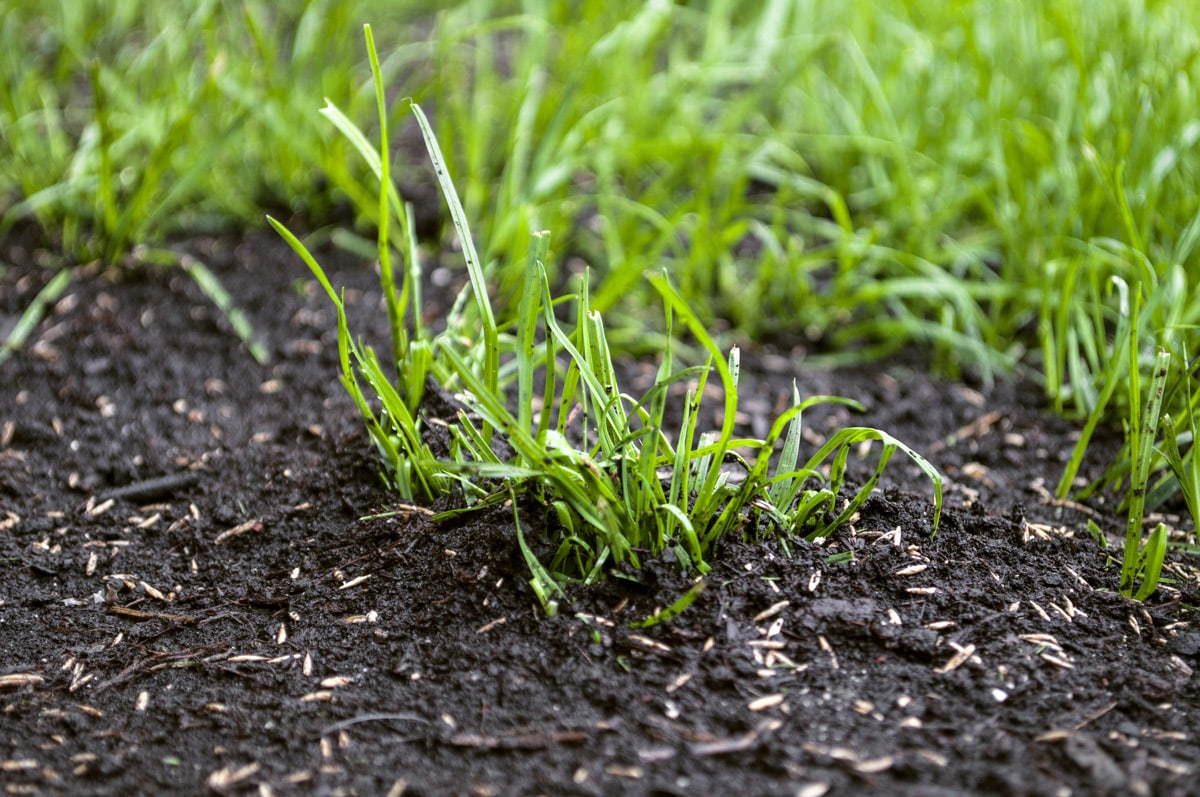

Landscaping Ideas
When Does Grass Grow
Modified: August 16, 2024
Discover the best landscaping ideas for when grass grows and how to maintain a lush lawn. Explore expert tips and techniques for a thriving outdoor space.
(Many of the links in this article redirect to a specific reviewed product. Your purchase of these products through affiliate links helps to generate commission for Storables.com, at no extra cost. Learn more)
Introduction
Grass, the lush green carpet that adorns lawns, parks, and landscapes, is not just a simple plant; it's a symbol of natural beauty and vitality. The growth of grass is a fascinating process influenced by various factors, and understanding its growth patterns can help in nurturing and maintaining a healthy and vibrant lawn.
Grass growth is a complex biological phenomenon that is influenced by a combination of environmental, biological, and seasonal factors. From the microscopic level of seed germination to the macroscopic spread of lush greenery, the growth of grass is a captivating journey that unfolds over time.
In this article, we will delve into the intricate world of grass growth, exploring the factors that influence it, the ideal conditions for fostering healthy growth, and the seasonal changes that impact its vitality. Additionally, we will provide valuable tips for promoting and maintaining optimal grass growth, empowering you to cultivate a verdant and thriving landscape.
Join us on this exploration of the verdant world of grass growth, where we unravel the secrets behind the lush green lawns and vibrant landscapes that captivate our senses and rejuvenate our surroundings.
Key Takeaways:
- Grass growth is influenced by factors like soil quality, sunlight, water, temperature, air circulation, nutrients, and pest control. Creating ideal conditions and adapting to seasonal changes are crucial for nurturing a vibrant lawn.
- Promoting grass growth involves strategies like regular mowing, proper watering, fertilization, core aeration, overseeding, weed control, pest management, and seasonal maintenance. By prioritizing these tips, you can create a lush and inviting outdoor space.
Read more: When Does Grass Start Growing In Tennessee
Factors Affecting Grass Growth
Grass growth is influenced by a myriad of factors, each playing a crucial role in determining the health and vitality of the turf. Understanding these factors is essential for nurturing a thriving lawn or landscape. Let's explore the key elements that impact the growth of grass:
1. Soil Quality:
The quality of the soil is paramount in determining the growth of grass. Factors such as soil pH, nutrient levels, and compaction directly affect the ability of grass to establish roots and access essential resources for growth.
2. Sunlight:
Sunlight is a primary driver of photosynthesis, the process through which plants produce energy. Adequate sunlight is crucial for the growth of grass, as it directly impacts the plant's ability to convert light into nutrients.
3. Water Availability:
Water is a fundamental requirement for grass growth. Insufficient water can lead to wilting and browning of the grass, while excessive water can cause root rot and other detrimental effects. Balancing water availability is essential for optimal growth.
Read more: When Does Bahia Grass Start Growing
4. Temperature:
Grass growth is significantly influenced by temperature. Different grass species have specific temperature preferences for optimal growth, and extreme temperatures can hinder growth and lead to dormancy.
5. Air Circulation:
Proper air circulation is essential for the health of grass. Stagnant air can promote disease and hinder nutrient uptake, while adequate airflow supports healthy growth.
6. Nutrient Levels:
Essential nutrients, including nitrogen, phosphorus, and potassium, play a vital role in grass growth. Imbalanced nutrient levels can lead to stunted growth and susceptibility to diseases.
7. Pest and Disease Control:
Pests and diseases can devastate grass growth. Effective pest management and disease control are crucial for maintaining a healthy and vibrant lawn.
Understanding and managing these factors is essential for fostering optimal grass growth. By addressing these elements, you can create an environment that nurtures the lush, vibrant greenery that transforms landscapes into inviting and rejuvenating spaces.
Read more: When Does Grass Stop Growing In Michigan
Ideal Conditions for Grass Growth
Creating and maintaining ideal conditions is essential for promoting healthy and robust grass growth. These conditions encompass a combination of factors that collectively contribute to the overall well-being of the turf. By understanding and optimizing these conditions, you can cultivate a thriving and verdant lawn that enhances the beauty of your outdoor space.
Adequate Sunlight
Sunlight is a primary catalyst for the growth of grass. It fuels the process of photosynthesis, enabling the plants to produce energy and vital nutrients. Ideally, grass requires at least 6 to 8 hours of direct sunlight daily to thrive. Shaded areas may impede growth, leading to thin or patchy grass. Trimming overhanging branches and selecting shade-tolerant grass species can help mitigate the impact of limited sunlight.
Proper Watering
Water is a fundamental requirement for grass growth. Consistent and deep watering encourages deep root development, enhancing the plant's ability to access nutrients and withstand drought conditions. It's essential to water the lawn early in the morning to minimize evaporation and fungal growth. Additionally, utilizing irrigation systems with adjustable settings can ensure precise and efficient watering, promoting optimal growth.
Balanced Soil Quality
The quality of the soil profoundly influences grass growth. Testing the soil for pH levels and nutrient composition can provide valuable insights for optimizing conditions. Aerating compacted soil, incorporating organic matter, and applying appropriate fertilizers can improve soil structure and nutrient availability, fostering healthy grass growth.
Read more: When Does Maiden Grass Start To Grow
Optimal Temperature
Grass growth is intricately linked to temperature. Different grass species have specific temperature preferences, and maintaining an optimal temperature range is crucial for promoting vigorous growth. Adequate air circulation and shading can mitigate the impact of extreme temperatures, ensuring that the grass thrives in favorable conditions.
Nutrient-Rich Soil
Essential nutrients, including nitrogen, phosphorus, and potassium, are vital for the growth and vitality of grass. Regular soil testing and targeted fertilization can ensure that the soil provides the necessary nutrients for robust growth. Employing slow-release fertilizers and organic amendments can sustainably enrich the soil, supporting long-term grass health.
Disease and Pest Management
Effective management of pests and diseases is essential for maintaining ideal conditions for grass growth. Regular monitoring, proper lawn maintenance, and timely intervention can prevent infestations and diseases that hinder growth. Implementing integrated pest management practices and selecting disease-resistant grass varieties can fortify the lawn against potential threats.
By cultivating and maintaining these ideal conditions, you can create an environment that nurtures the lush, vibrant greenery that transforms landscapes into inviting and rejuvenating spaces. Prioritizing these factors and implementing targeted strategies will lay the foundation for a thriving lawn that enhances the beauty and vitality of your outdoor environment.
Seasonal Changes in Grass Growth
Seasonal changes exert a profound influence on the growth and vitality of grass, shaping its development and resilience throughout the year. Understanding the distinct impact of each season is pivotal for effectively managing and nurturing a healthy lawn or landscape. Let's explore the seasonal dynamics of grass growth and the strategies to optimize its potential in different seasons.
Read more: When Does Grass Stop Growing In Tennessee
Spring: Renewed Growth and Vitality
As winter recedes, spring ushers in a period of renewed growth and vitality for grass. The warming temperatures and increased daylight trigger the emergence of new shoots and the expansion of existing turf. Spring is characterized by vigorous growth, making it an ideal time for overseeding, fertilization, and proactive weed control. Providing the grass with essential nutrients and addressing any lingering winter damage sets the stage for lush and resilient growth throughout the season.
Summer: Vigorous Growth and Heat Management
The summer season brings forth the peak of growth for many grass species, fueled by ample sunlight and warmth. However, the intensifying heat and potential water stress pose challenges to maintaining optimal growth. Adequate watering, proper mowing practices, and proactive heat stress management are essential during this season. Additionally, monitoring for pests and diseases becomes crucial, as the heightened temperatures can create favorable conditions for their proliferation. Implementing strategies to mitigate heat stress and sustain adequate moisture levels is vital for preserving the health and vibrancy of the grass during the summer months.
Fall: Transition and Preparation
As summer wanes, the transition to fall heralds a period of preparation and transition for grass. The cooler temperatures and diminishing daylight signal a gradual slowdown in growth. Fall presents an opportune time for core aeration, overseeding, and targeted fertilization to fortify the grass for the impending winter. Addressing any lingering summer stress and promoting deep root development through strategic lawn care practices can enhance the grass's resilience and prepare it for the challenges of the upcoming winter season.
Winter: Dormancy and Maintenance
Winter brings a period of dormancy for many grass species, marked by reduced growth and dormancy. While the visible growth may diminish, winter is an ideal time for proactive maintenance, including soil testing, winterizing irrigation systems, and addressing any underlying soil compaction or drainage issues. Implementing winter-specific lawn care practices and protective measures can safeguard the grass and lay the groundwork for a robust resurgence when spring arrives.
By recognizing and adapting to the distinct characteristics of each season, you can effectively manage and optimize the growth of grass throughout the year. Tailoring your lawn care practices to align with the seasonal nuances empowers you to nurture a resilient and vibrant lawn that thrives in harmony with the changing seasons.
Read more: When Grass Goes To Seed, Will It Grow
Tips for Promoting Grass Growth
Promoting robust and vibrant grass growth requires a strategic approach that encompasses various aspects of lawn care and maintenance. By implementing targeted strategies and best practices, you can foster an environment that nurtures the health and vitality of the turf. Here are essential tips for promoting optimal grass growth:
-
Regular Mowing: Maintaining the appropriate mowing height and frequency is crucial for promoting healthy grass growth. Avoid cutting more than one-third of the grass blade length in a single mowing session to prevent stress and encourage strong root development.
-
Adequate Watering: Consistent and deep watering is essential for promoting deep root growth and overall grass health. Water the lawn early in the morning to minimize evaporation, and adjust the watering schedule based on seasonal variations and specific grass species' requirements.
-
Proper Fertilization: Applying the right type and amount of fertilizer at the appropriate times can significantly enhance grass growth. Conduct soil tests to determine the specific nutrient needs of the grass and select fertilizers that address any deficiencies while promoting balanced growth.
-
Core Aeration: Aerating the soil alleviates compaction and enhances air, water, and nutrient penetration into the root zone. Core aeration promotes robust root development and overall turf health, fostering optimal conditions for vigorous grass growth.
-
Overseeding: Introducing new grass seed to existing turf can rejuvenate thin or patchy areas, promoting denser and lusher growth. Selecting high-quality grass seed and coordinating overseeding with core aeration can maximize the establishment of new grass plants.
-
Weed Control: Effectively managing weeds prevents competition for essential resources and promotes unhindered grass growth. Implement targeted weed control measures while minimizing the impact on desirable grass species.
-
Pest and Disease Management: Regular monitoring for pests and diseases is essential for maintaining optimal grass growth. Implement integrated pest management practices and promptly address any signs of disease to safeguard the health and vitality of the turf.
-
Seasonal Maintenance: Tailoring lawn care practices to align with seasonal variations is pivotal for promoting consistent and resilient grass growth. Adjusting watering, mowing, and fertilization practices based on seasonal nuances optimizes the grass's response to changing environmental conditions.
By integrating these tips into your lawn care regimen, you can create an environment that fosters the lush, vibrant greenery that transforms landscapes into inviting and rejuvenating spaces. Prioritizing these strategies and adapting them to the specific needs of your lawn empowers you to promote and maintain optimal grass growth, enhancing the beauty and vitality of your outdoor environment.
Conclusion
In conclusion, the growth of grass is a dynamic and multifaceted process influenced by an interplay of environmental, biological, and seasonal factors. Understanding the intricacies of grass growth and the optimal conditions for fostering its vitality is essential for cultivating a vibrant and resilient lawn or landscape.
By delving into the factors affecting grass growth, we have gained valuable insights into the critical elements that shape the health and vigor of the turf. From soil quality and sunlight to water availability and temperature, each factor plays a pivotal role in determining the growth trajectory of grass. Addressing these factors through strategic lawn care practices and targeted interventions empowers us to create an environment that nurtures robust and vibrant grass growth.
Exploring the ideal conditions for grass growth has underscored the significance of cultivating an environment that aligns with the specific needs of the turf. Adequate sunlight, proper watering, balanced soil quality, optimal temperature, nutrient-rich soil, and effective disease and pest management collectively contribute to the creation of an environment where grass thrives and flourishes.
The seasonal dynamics of grass growth have highlighted the nuanced approach required to manage and optimize its vitality throughout the year. From the renewed growth of spring to the heat management of summer, the preparation of fall, and the maintenance of winter, each season presents unique challenges and opportunities for nurturing a healthy and vibrant lawn.
Furthermore, the tips for promoting grass growth have provided actionable strategies for fostering optimal turf health. From regular mowing and adequate watering to proper fertilization, core aeration, overseeding, weed control, and seasonal maintenance, these tips serve as a comprehensive guide for promoting robust and resilient grass growth.
In essence, the journey of grass growth is a testament to the intricate balance of nature and nurture. By embracing the complexities of this journey and implementing informed and proactive lawn care practices, we can create landscapes adorned with lush, vibrant greenery that captivate the senses and rejuvenate the outdoor environment.
Ultimately, the pursuit of optimal grass growth is a harmonious collaboration between our understanding of natural processes and our commitment to nurturing the beauty and vitality of the landscapes we inhabit. As we embark on this journey, let us cultivate environments where the growth of grass transcends mere biology, becoming a testament to our dedication to creating spaces that inspire and uplift.
Frequently Asked Questions about When Does Grass Grow
Was this page helpful?
At Storables.com, we guarantee accurate and reliable information. Our content, validated by Expert Board Contributors, is crafted following stringent Editorial Policies. We're committed to providing you with well-researched, expert-backed insights for all your informational needs.
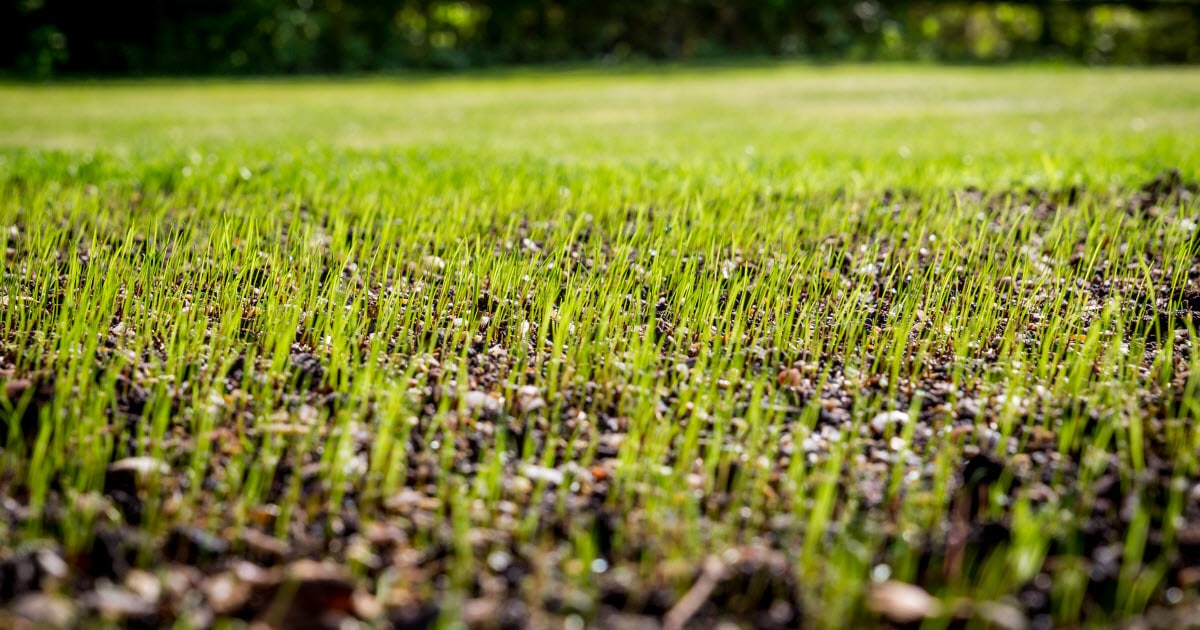
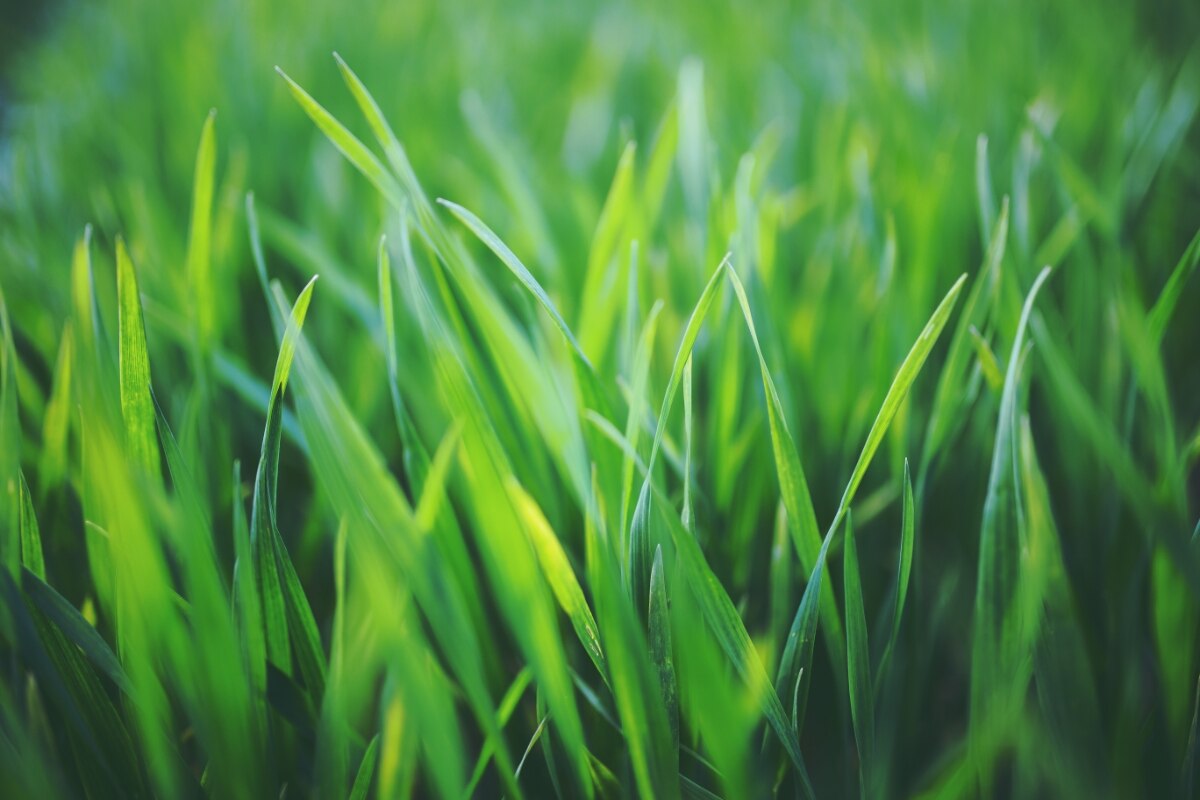
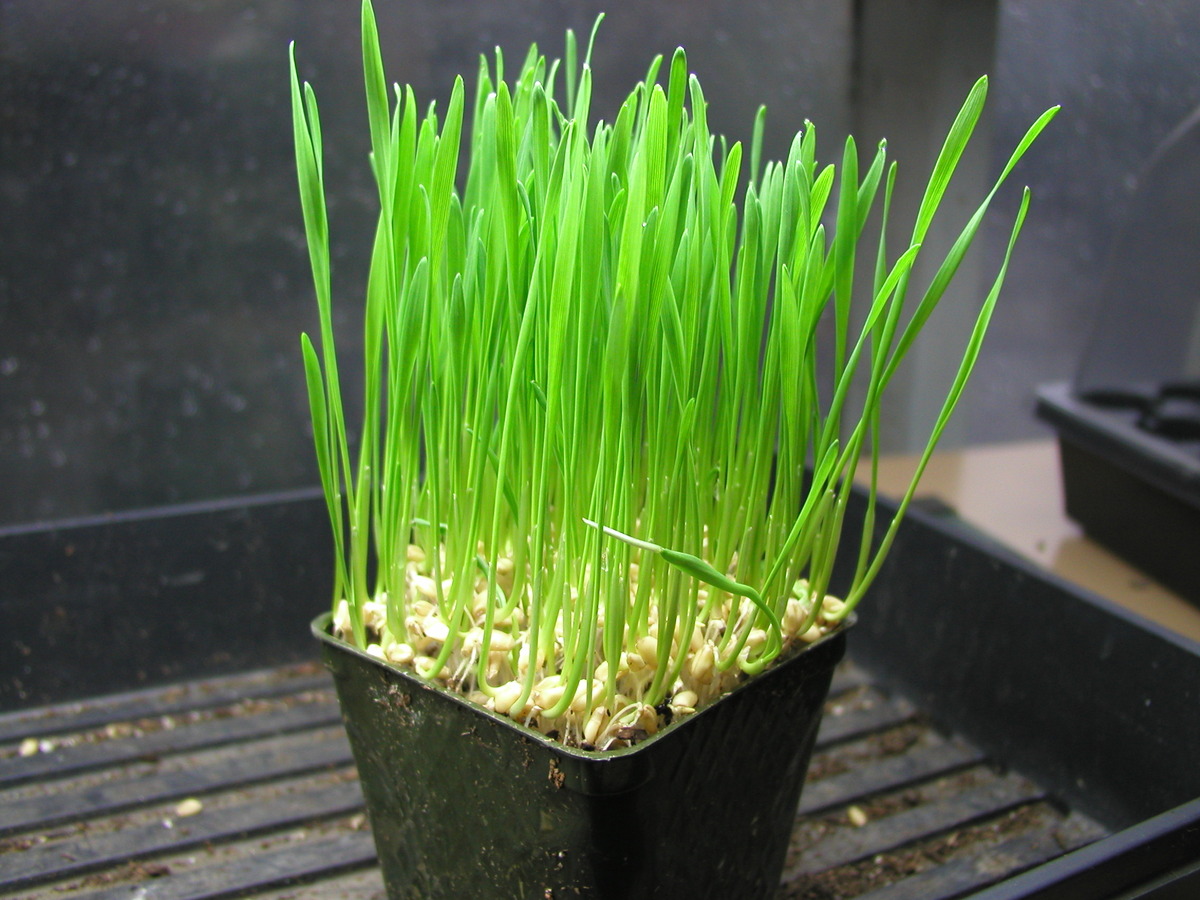
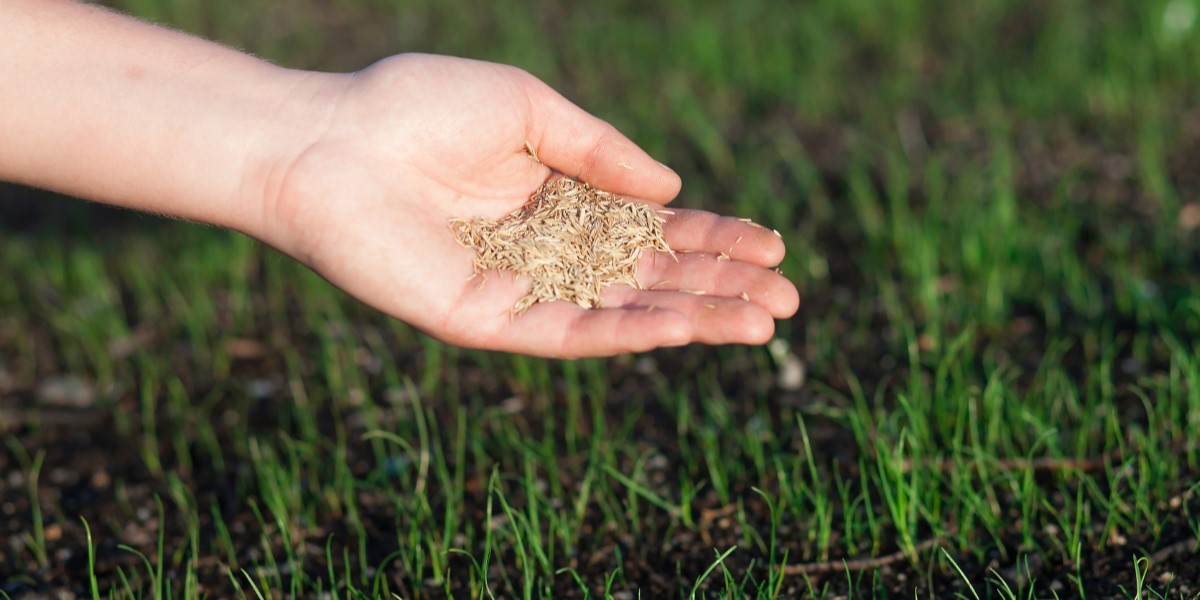
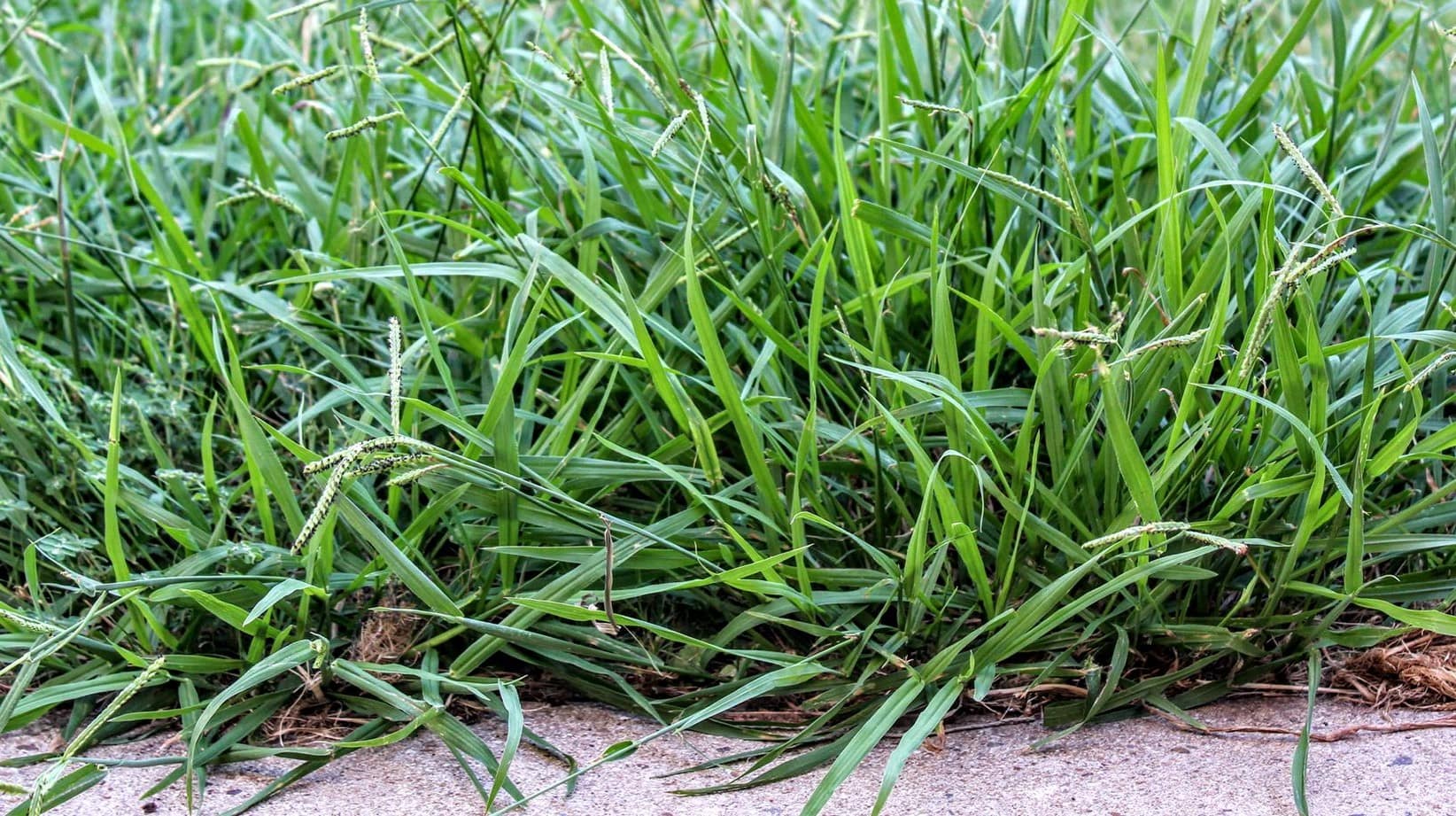
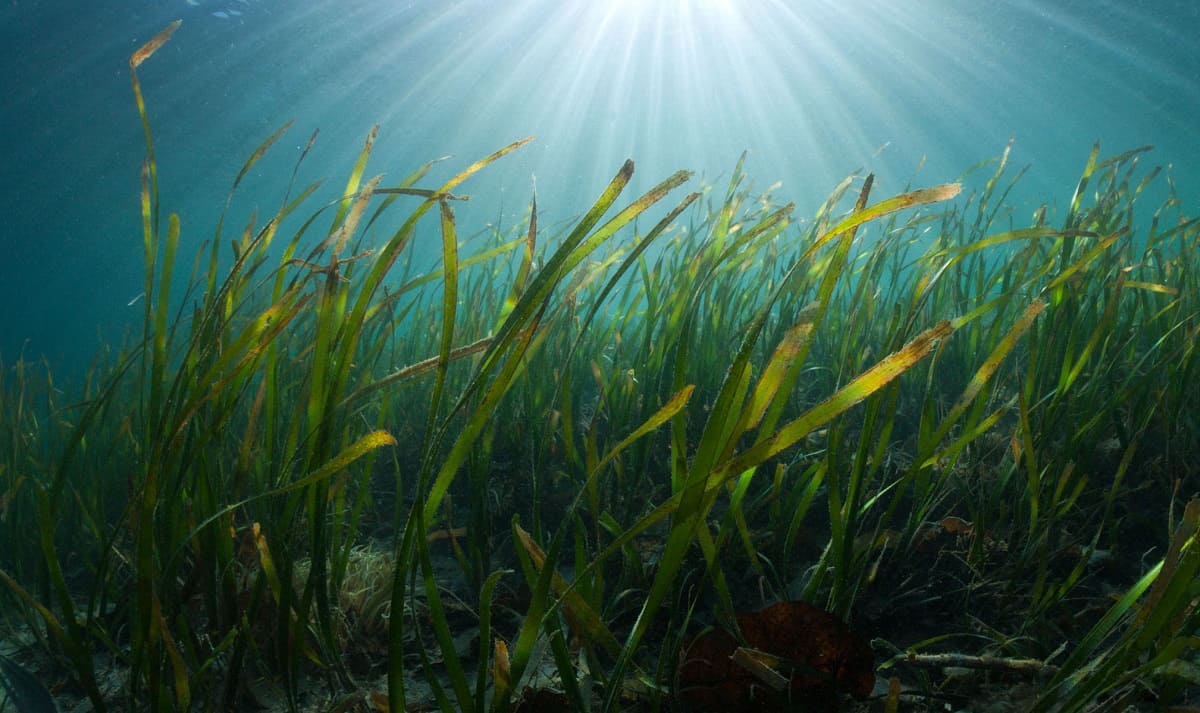
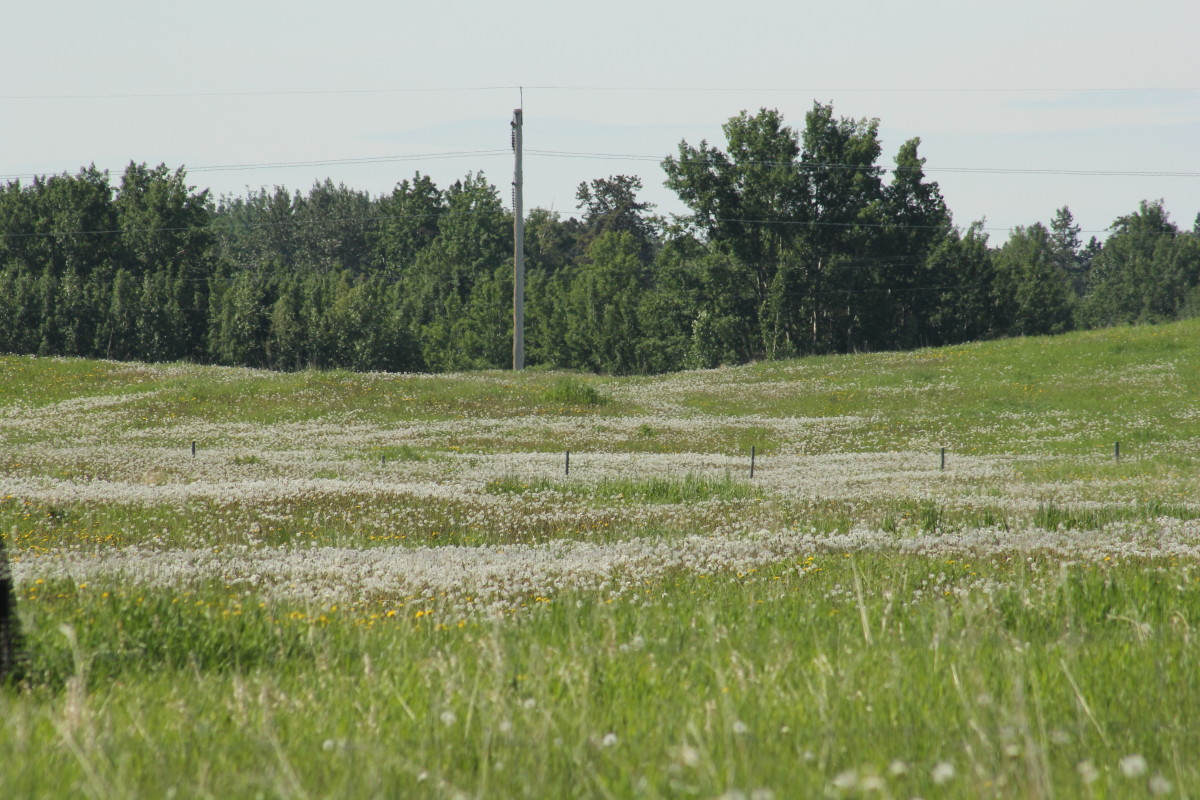
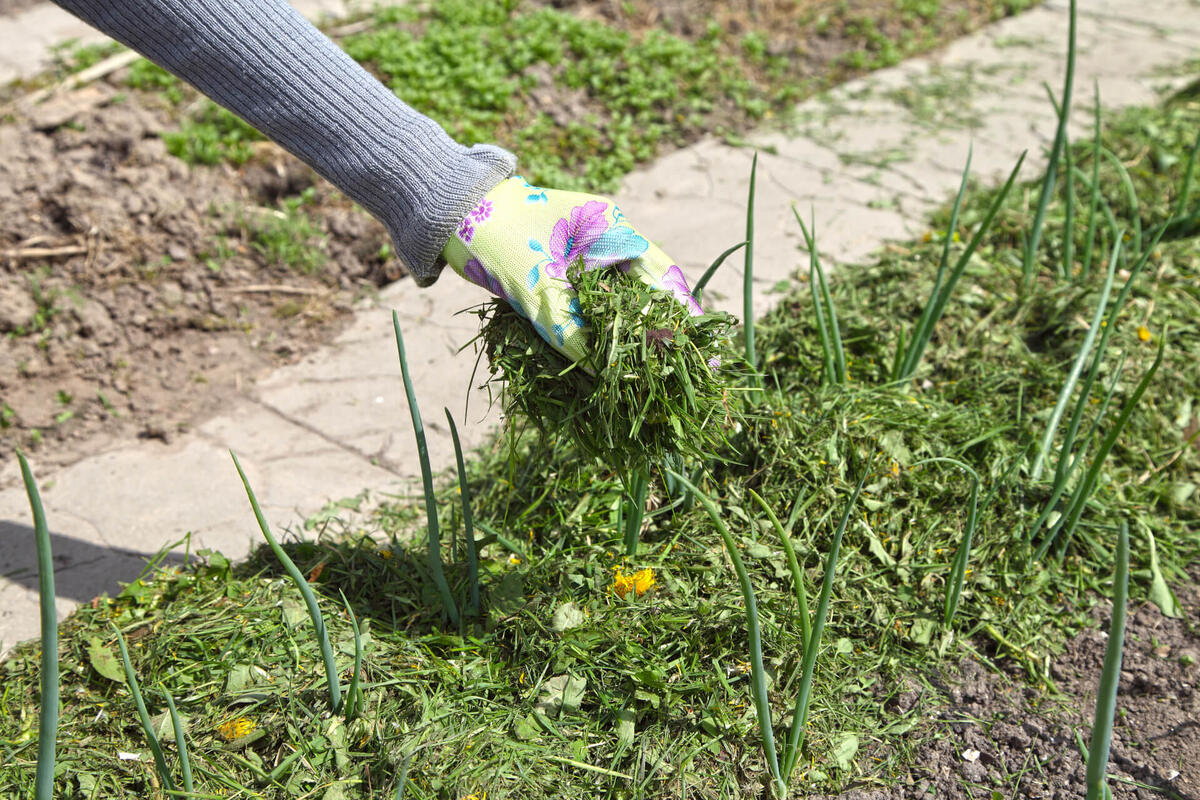
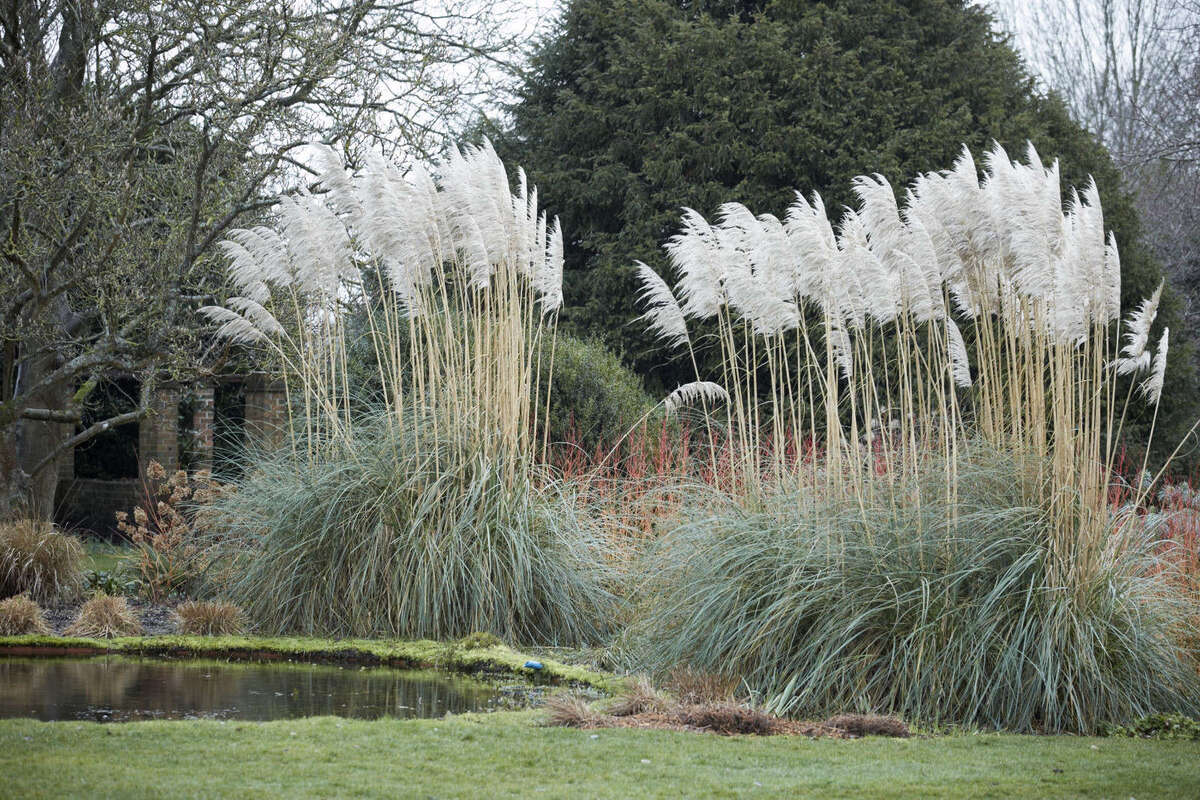
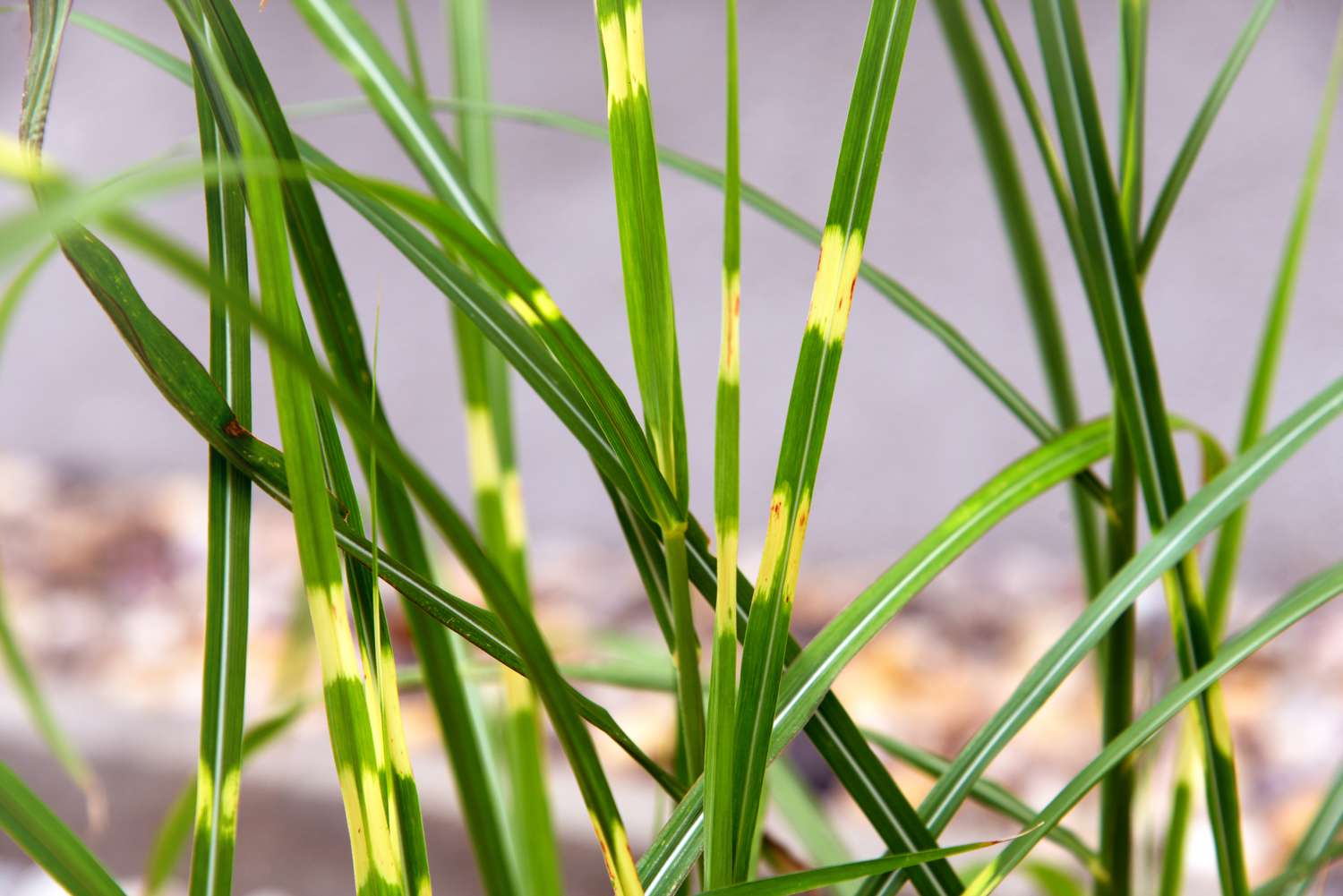

0 thoughts on “When Does Grass Grow”